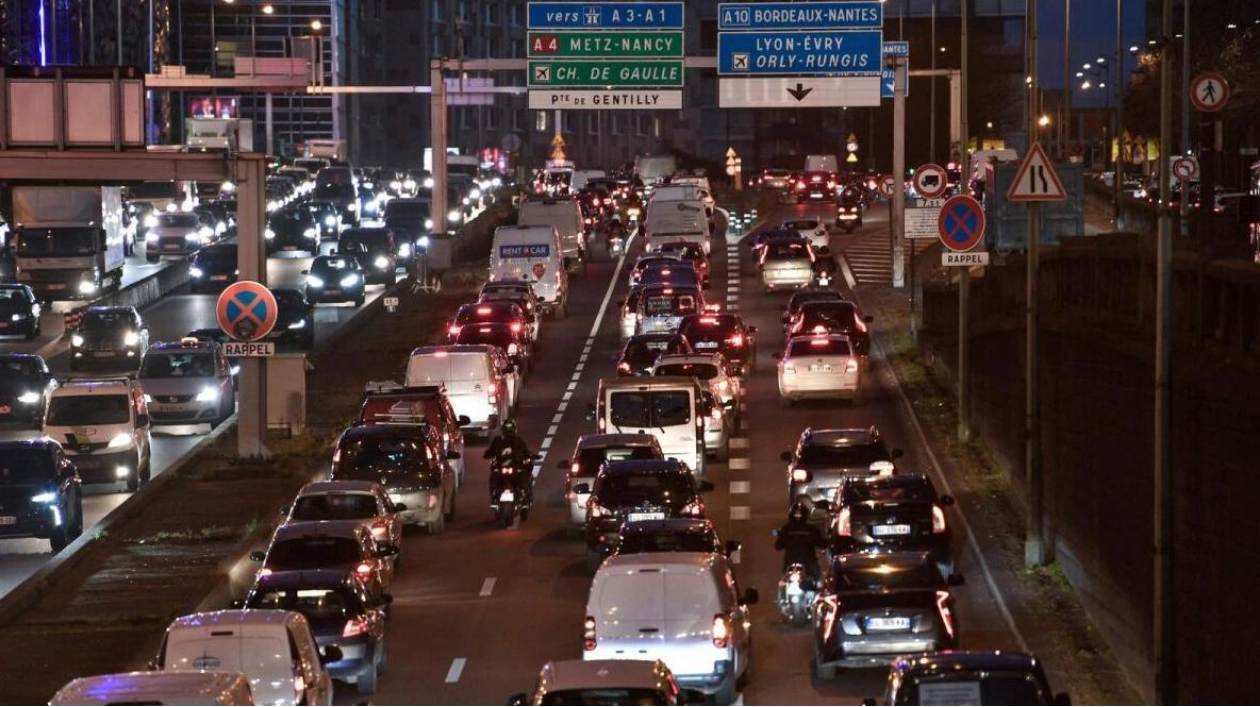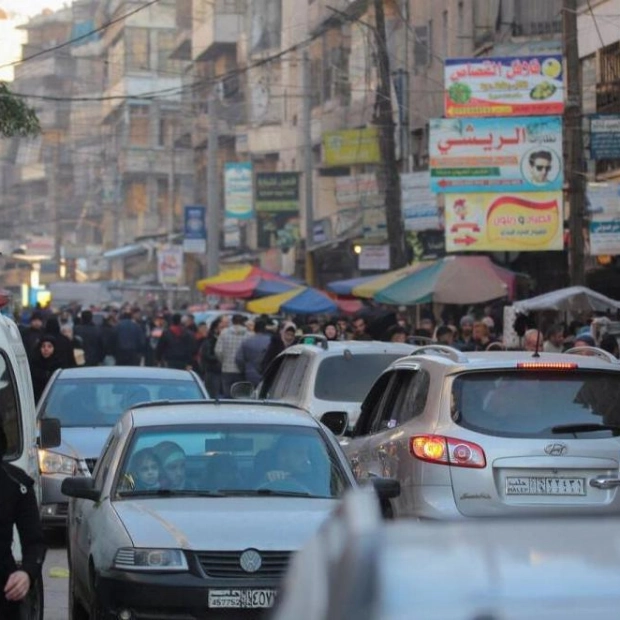Starting from October, drivers on Paris's heavily congested ring road will be restricted to a speed limit of 50 km per hour, according to an announcement made by the French capital's mayor, Anne Hidalgo, on Monday. This decision has sparked significant opposition among critics.
The move has not only ruffled feathers among drivers and conservative factions but also presents a significant challenge for the Socialist mayor in securing approval from the national government and the police. The outcome of this potential clash remains uncertain, as the newly appointed Prime Minister, Michel Barnier, is in the process of selecting his ministerial team.
Essential for road travel across the broader Ile-de-France region, Paris's Boulevard Peripherique, commonly referred to as the 'Periph', falls under the jurisdiction of the city's municipal authority. 'The 50 kph limit is my decision. It will be implemented on October 1. We've been working towards this for 18 years; it's not a new issue,' Hidalgo stated in an interview with broadcaster RTL.
A reduced speed limit has been anticipated since January, when the city hall announced its intention to enforce the change following the conclusion of the July-September Olympic and Paralympic Games, which ended on Sunday. However, the transport ministry has maintained that only the government can officially alter the speed limit through a decree, as the city's authority does not encompass the nationwide road regulations.
Laurent Nunez, Paris's government-appointed police chief, has also asserted his involvement in the matter. Hidalgo's plans were deemed 'unilateral' and 'do not adhere to any of the recommendations' from a previous report on the Peripherique, according to the Conservative Republicans on the Paris city council, who expressed their views on X Monday.
David Belliard, the Green party deputy to the mayor, stated in January that the reduced speed limit was 'in the common interest'. He noted that a prior reduction from 80 to 70 kph had successfully decreased noise pollution for residents living near the road and also reduced accidents, citing data from the environment agency Ademe. 'Lowering the maximum speed helps to limit stop-start driving and the effects of acceleration and deceleration, which in turn makes traffic flow more smoothly,' Belliard explained.






